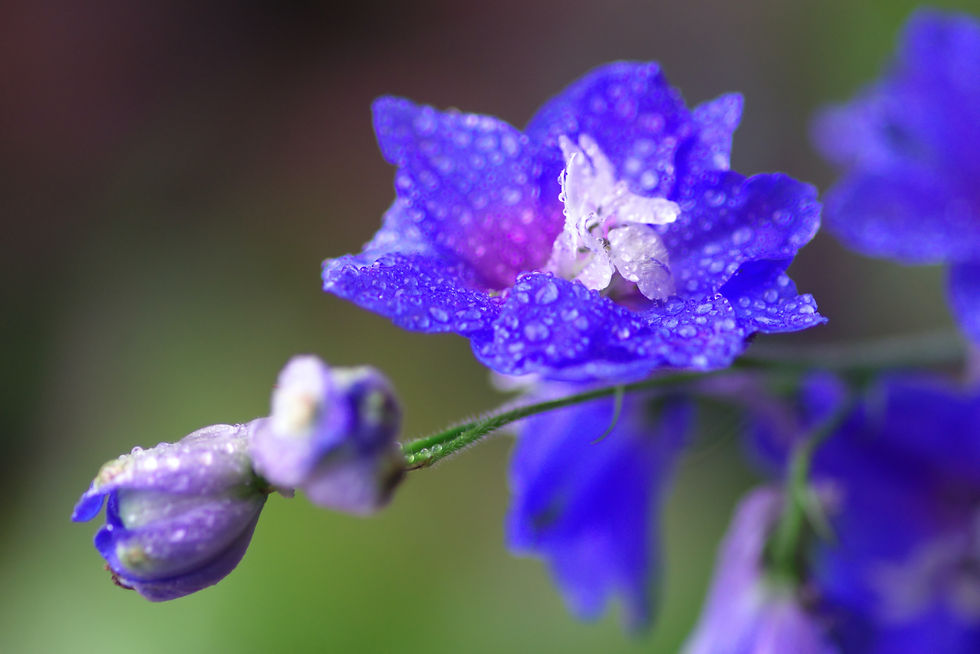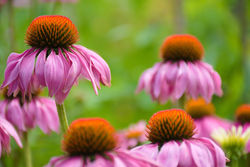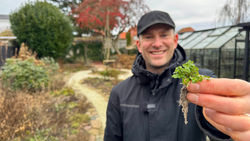9 common perennial gardening mistakes to avoid
- Lars Wildes
- Dec 4, 2022
- 4 min read
Updated: Jan 10, 2023
Gardeners are a special breed of people. We love getting our hands dirty, spending time outdoors, and watching things grow.
In short, we're nature lovers. And there's nothing wrong with that. However, where there's passion, there can also be mistakes.
So, in the interest of helping you avoid some common gardening blunders, here are nine mistakes to avoid making in your perennial garden. (And there’s no shame in having already made these mistakes! We’re all guilty.)

1. Not doing your research
Just because a plant is pretty doesn't mean it will thrive in your climate.
Be sure to do your research before buying any plants so that you can provide them with the care they need to survive and thrive.
That goes for the type of plant, too. Do you want perennials (plants that come back year after year) or annuals (plants will die back after one year)?
2. Planting in the wrong location
Just like people, plants need sunlight and fresh air to grow properly.
Be sure to pick a spot in your garden that gets plenty of both before planting anything.
And remember to check the type of soil that each plant needs to survive.
Here in Denmark, we enjoy over 170 days of rain a year. That makes it hard to grow a plant that needs well-draining soil… unless I add drainage to the soil.
Double-check with the gardening center or friendly neighborhood gardener in your area for what type of soil works best for each plant.
3. Not prepping the soil properly
Speaking of soil, the quality of your soil has a direct impact on the health of your plants.
If you want strong, healthy plants, be sure to prep the soil before planting anything by adding compost or other organic matter.
You can do this by adding compost directly around the root of a plant before covering it or by mixing some compost into the topsoil around the plant every spring and autumn.
4. Overcrowding your plants
When plants are overcrowded, they compete for resources and end up stunted as a result.
Give your plants enough space to grow so that they can reach their full potential. If you’re not quite sure how big they’ll get (an issue with perennials), space them around 1 foot apart.
If you still have gaps after they start to mature, add in some annuals to hide the holes. And if they’re too big, divide the perennial and move that piece of it to another spot.
5. Overwatering your plants
If there's one thing all plants need, it's water. But that doesn't mean they need to be soaked.
In fact, overwatering is one of the easiest ways to kill your plants. When you water your plants too much, their roots start to suffocate and they can become susceptible to pests and diseases.
So, how much is too much? Stick your finger in the soil to check the moisture content. If it feels dry more than an inch below the surface, it's time to give your plants a drink.
Otherwise, wait until the soil is dry to water them again.
6. Underwatering your plants
Just like overwatering can destroy your beautiful garden, underwatering has the same effect. You don’t want the soil to get too dry. Keep an eye on it — especially during long summer days. If it’s dry more than an inch below the surface, it’s time to water your garden.
Keep in mind that you may need to water newly planted plants (both annuals and perennials) more often than mature plants.
7. Not giving your plants enough light
All plants need sunlight to grow, but some need more than others.
If you're not giving your plants enough light, they'll start to stretch and become leggy in an attempt to reach for the sun.
This weakens their stems and makes them more likely to break or fall over.
To avoid this problem, make sure you know how much sunlight your particular plant needs and give it a spot in your garden that gets that amount of light every day.
That’s another benefit of perennials… if you notice that your plant is growing long stems in an attempt to reach the sun, just dig it up and move it to a better location. Perennials are super hardy and can easily survive the move.
8. Not using mulch
Mulch does more than just make your garden look nice. It helps keep weeds at bay and prevents moisture from evaporating out of the soil too quickly.
Plus, it can help insulate your plants' roots during hot summer days or cold winter nights.
There are many different types of mulch available on the market, so choose one that's right for your particular plant and garden needs. And make sure to reapply it every year so that it stays fresh and effective.
9. Not using compost
We’ve already touched on compost, but I got to tell you… it’s great.
Not making your own is one of the biggest mistakes that beginner gardeners can make and it’s one of the easiest to fix! Take a look at how I make my own compost here.
Plus, making your own compost is free! And it keeps waste from hitting landfills. A win-win-win for you, the planet and your garden.
What is the most common mistake of first time gardeners?
The #1 mistake that most first-time gardeners make is planting too soon or too late.
I see it all the time. People call and ask about a particular flower because they’re ready to plant. Sounds great… until I tell you that most of these calls are when frost is on the ground. It’s an easy trap to fall into. We’ve been trapped inside all winter and when the first rays of sunshine hit, we’re so ready to go outside.
The problem is that if the season isn’t right, as soon as temperatures drop, you’ll lose all of your hard work (and investment).
Instead, take a minute and think about when your first and last frost dates are. Those dates are your guide to knowing WHEN to start planting flowers outside.
If you absolutely can’t wait for spring and summer, go outside and work on improving the quality of your soil with compost or other organic material.
Or head out to your greenhouse and try your hand at growing perennials and annuals from seeds.






Comentarios